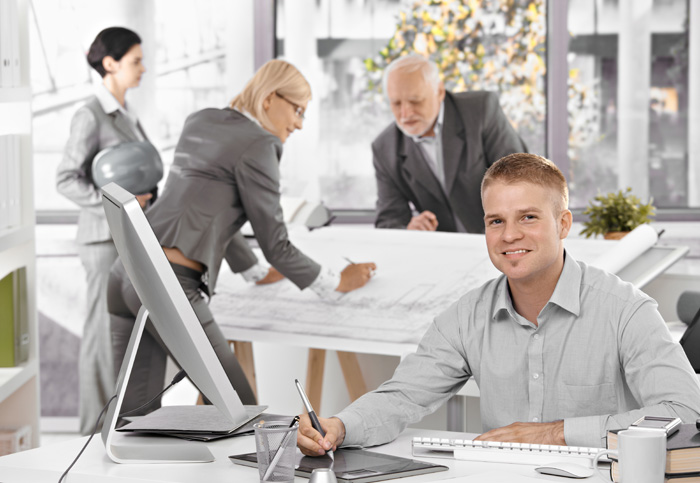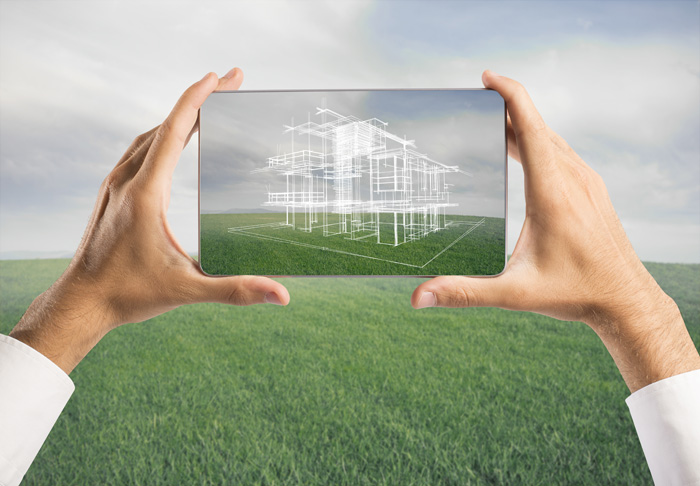Now, more than ever, we’re all beginning to understand just how important it is to take an eco-friendly approach to living. As the condition of the Earth begins to face dire problems, many of us are already taking steps to reduce our carbon footprint, by cutting down our use of fossil fuels, relying on sustainable energy wherever possible, and frequently recycling.
What many people don’t realise, however, is the impact that their homes and buildings are having on the environment. According to the United Nations, buildings make up almost half of the energy expenditures in the world, contributing to 40% of greenhouse gas emissions, 25% of potable water, and more. When we consider statistics such as these, it makes sense to start teaching budding architects techniques in sustainable, green design.
Teaching sustainable design
University courses in architecture are nothing new. However, in the past, an obsession with glass, concrete and steel have helped to transform our streets into polluted, hot, urban islands. All the while, our natural ecosystems are facing serious decline, leaving researchers looking for new ways to protect the Earth from human impact.
In lessons today, teachers can begin to offer insights into sustainable design methods that allow architects to respond to the challenge of eco-friendly building that we all need. For instance, at Bolton University, students can enrol in modern courses that offer guidance into the various strategies that can be used to improve passive heating solutions, incorporate energy savings, and more.

What might learning about sustainable architecture involve?
Ultimately, the guiding light behind sustainable architecture is the desire to renovate or construct new buildings using a range of innovative design solutions, energy-efficient technology and renewable materials. Through these initiatives, modern architects hope to reduce our dependence on traditional sources of energy, and minimise the damage done to the Earth.
Sustainable design can help to both reduce the initial environmental cost of building new homes, by reducing waste and introducing sustainable products, as well as limiting the long-term environmental impact of new structures. After all, new buildings can be designed to use only a fraction of the energy that would typically be required to power and heat traditional buildings.
Looking to the future of sustainable design
Like many things in the current world, sustainable design is an area that’s evolving and growing as new technologies arrive on the market. Right now, architects around the world are exploring the various uses of unique insulation practices, solar panels and low-energy heating and cooling devices. With simple, innovative and often cost-effective new technology, architects can begin to introduce buildings that are more in-line with our modern devotion to greener living.
Sustainable design is not only limited to new builds either but can also be incorporated into existing properties. Today, many government schemes are being developed to help support the use and installation of sustainable technologies, making these clever new devices all the more attractive to businesses and homeowners who want to upgrade their properties. With the help of sustainable design lessons, and innovative new minds, we can create a greener future.
